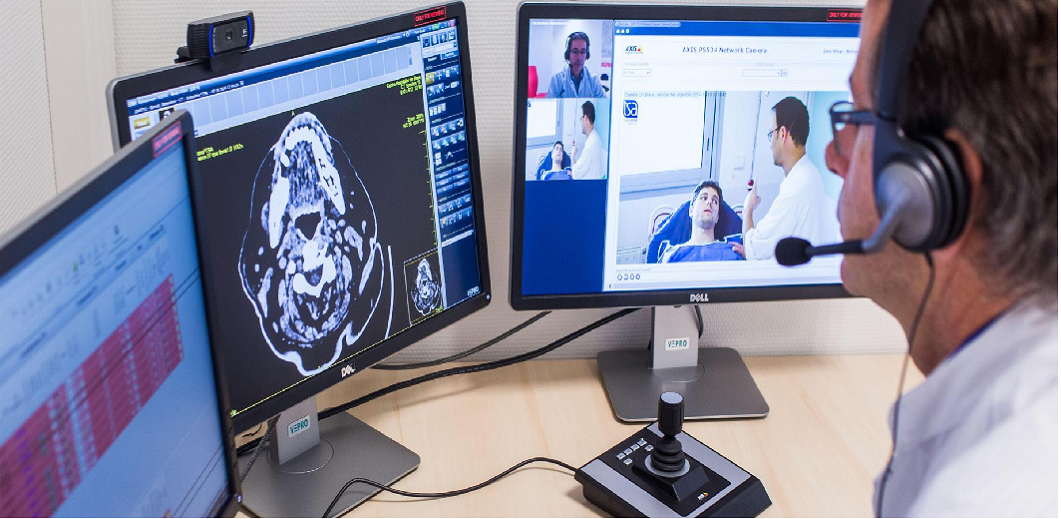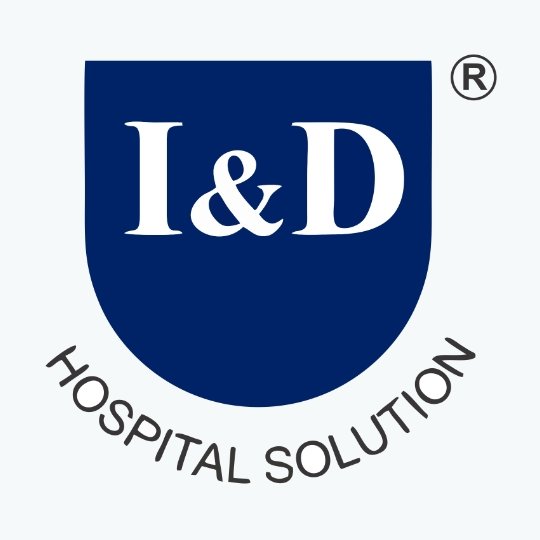TELEMEDICINE: A Solution to Burgeoning Healthcare
- 26/12/2018
- Posted by: admin
- Category: Blogs

Telemedicine is the use of Electronic infrastructure and software to supply Clinical Services to patients without an In-person visit. Telemedicine known as Telehealth or E-Health allow health care professionals to evaluate diagnose and treat patients in distant locations using telecommunications technology and to access medical skill speedily efficiently and without travel. It expressly to the use of medical information exchanged for the purpose of improving a patient’s health. Technology such as video conferencing and transmission of still images are considered part of both Telemedicine and Telehealth.
Telemedicine technology is frequently used for :
- Follow-up visits,
- Management of chronic conditions,
- Medication management,
- Specialist consultation and a crowd of other clinical services that can be provided remotely via secure video and audio connections.
- Telemedicine is the distant delivery of healthcare services, as Health assessments or Consultations.
Telemedicine are classified into three categories:
· Distant patient monitoring,
· Hoard & forward,
· Interactive telemedicine.
Distant patient monitoring (TeleMonitoring): Patients Chronic Diseases to be monitored at their Homes through the use of mobile medical devices that collect data relating to Blood Sugar, Blood pressure & Other.
Hoard & Forward : Known as asynchronous telemedicine, allows providers to share patient information, such as lab results, with a physician at another location.
Interactive Telemedicine : It allows Physicians & Patients to converse in real time. It conducted in the patients home and include telephone conversations or use of video conferencing.
Telemedicine for patients include:
- Expediency: Patients do not have to take time away from work for an appointment. There is also no travel time or associated expenses, such as paying for gas or child care.
- Increased entrance: Patients in rural areas can obtain specialty services more easily. Patients live in federally designated underserved areas have Increased access /entrance to Primary, Dental and Mental Healthcare.
The ongoing National Vector Borne Disease Control Programme (NVBDCP) under National Rural Health Mission (NRHM) which has given a guidelines and tools to eliminate vector borne diseases like malaria, dengue, filariasis and kala-azar.
The Non Communicable Diseases (NCDs) are absent in the rural areas in comparison to urban areas.
Non Communicable Diseases of cancer, cardiovascular diseases and diabetes have found their ways into rural heartlands due to Urbanization, Tobacco consumption, Alcohol consumption and Physical inactivity.
An epidemiological transition is taking place in the rural areas as well. In fact the Government of India has taken cognizance of the fact and has launched the National Programme for Prevention and Control of Cancer, Diabetes, Cardiovascular Diseases and Stroke (NPCDCS).
An Urban Population and consecutively undeniable that the NCD monster is steadily raising its head in the rural mass as well. The Government led initiatives are slow and usually takes too long time in addressing the disease prevalence and very likely that the status quo will continue in the future.
There are ostensibly two options to combat the threat :
- Increase the postings of medical/paramedical professionals
- To apply Information & Communication Technology (ICT) to bridge the distance between the doctor and patient in the existing set up.
Telemedicine will also be useful in seeking second estimation and providing constant medical education to health care professionals.
During innovations in the logistics associated around the Telemedicine System issues like;
- Lack of Awareness,
- Non –affordability, Distance from the healthcare centre and fear of falling into the trap of moneymaking private hospitals, which prevent the villagers from seeking quality healthcare can successfully be address.



